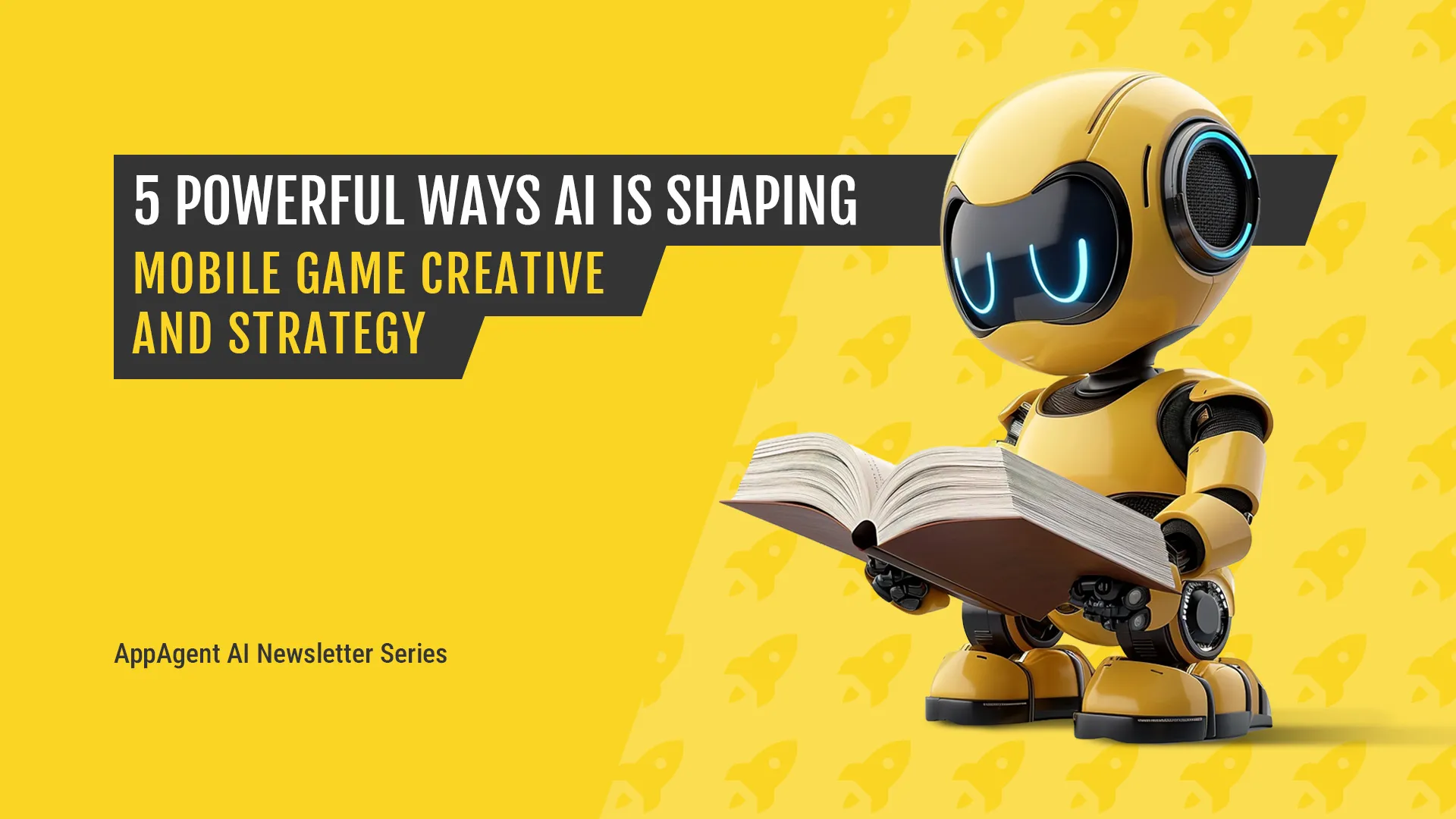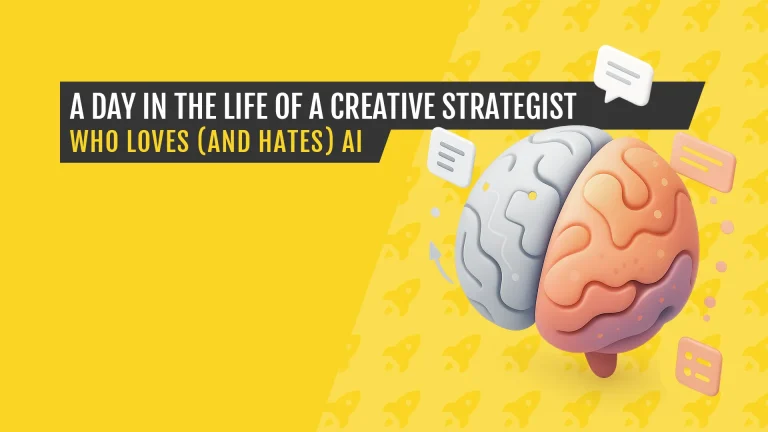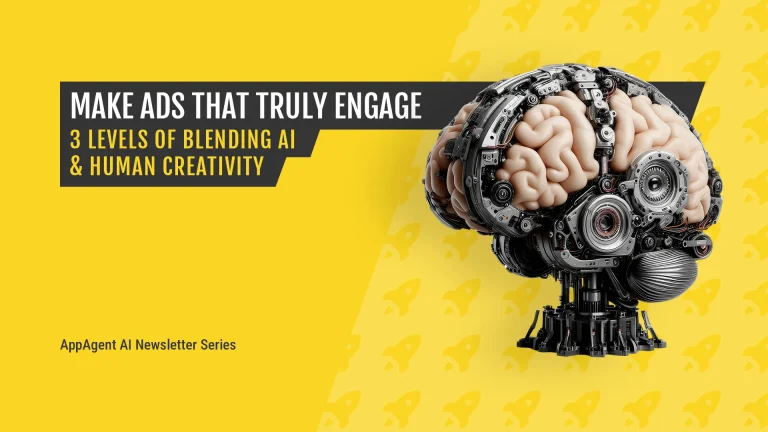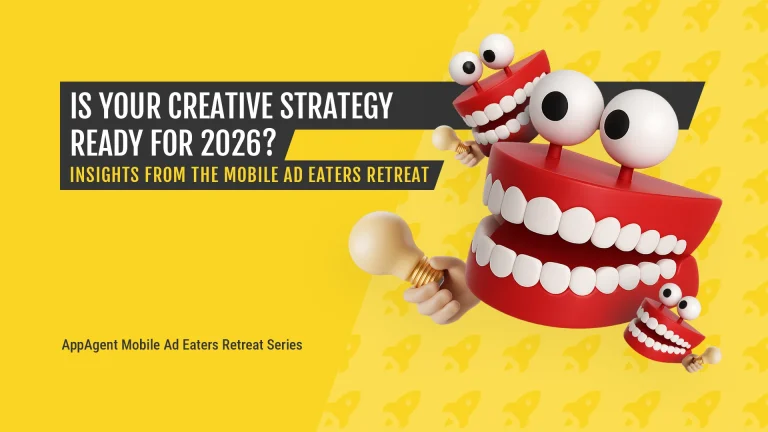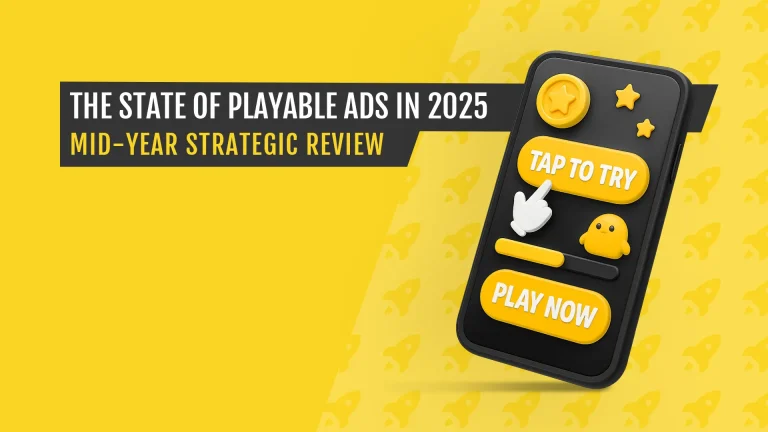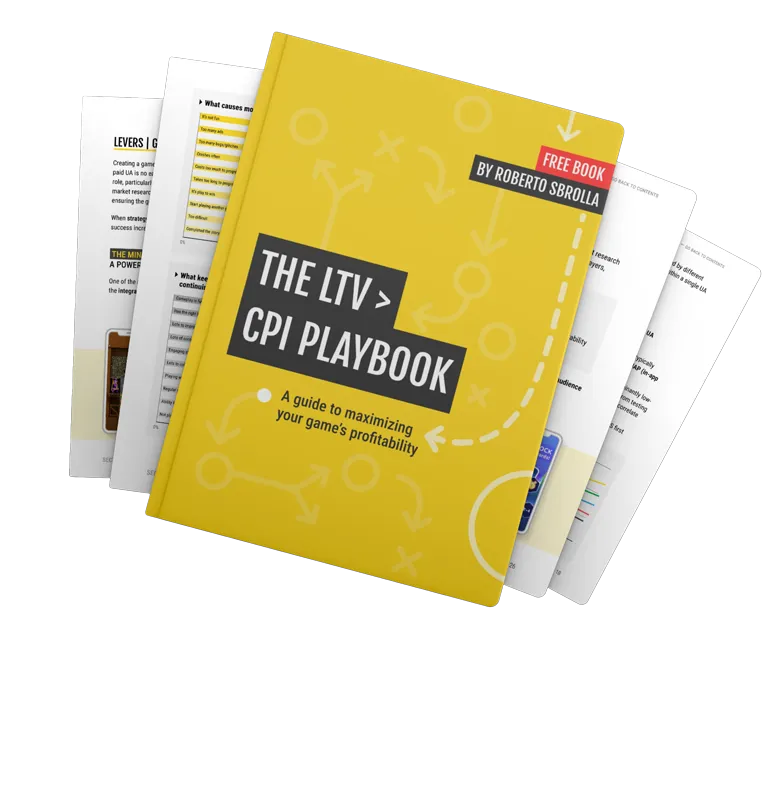Developing a new mobile game with AI sounds like a dream – faster, cheaper, and smarter. But once you dive in mobile game creative and strategy, you quickly realize the road is full of surprises.
In this behind-the-scenes case study of Walking Planet, a mobile fitness game AppAgent is publishing as an equity partner, we reveal five powerful ways AI is shaping our mobile game creative strategy process. Compiled by Martin Jelinek, Head of Innovation at AppAgent, this breakdown goes beyond theory.
And because it’s Martin, he’s throwing in some hilarious AI-generated bloopers that prove one thing: AI may be smart, but it’s still delightfully dumb at times.
🕺🏻 Use Case #1 – Character Development & Animation
For marketing purposes, we created multiple new characters in the same style as our existing avatars using AI. To our surprise, the style consistency of the low-polygon models was nearly perfect and more than sufficient for ad creatives or enhancing our investor deck.
In a small team with one part-time 3D artist, we needed to turn the default character poses on the initial renders into something fun and interesting so we could use it in promotion materials right away, but had no time to wait. If you’re curious about authentic visuals, check our guide to filming authentic UGC for mobile games.
AI came to the rescue. Back in April, the best way to get the poses was to turn the static default poses into animations with Kling.ai, print screen the frames we loved, then upscale them through Leonardo.ai and do some quick post-production in Photoshop. This process took minutes per image versus hours of our artist’s time.
For animating characters, Kling became good enough for production use. We were able to embellish a couple in-game screens and ads with animated avatars in minutes instead of the man-days that would have been needed to rig and animate the characters with similar quality.
🎞️ Use Case #2 – In-Game Animations
Quickly producing top-notch in-game visuals with a lean team was a challenge. To elevate the production quality of our onboarding experience, we leveraged AI-generated animations to excite players in their very first minutes in the game. During Q4/24 and Q1/25, our go-to tools included Kling, Leonardo.ai, and RunwayML.
We were lucky to lock in a well-performing onboarding flow early; our“onboarding finished” metric quickly hit its target. Building on that success, we hypothesized that day 1 retention was closely tied to the perceived production quality, which aligns with industry benchmarks for mobile game retention.
To test this, we introduced animated onboarding screens, which not only led to a measurable uplift in engagement but also sparked a creative pivot: one of the animations was repurposed as a user acquisition ad and it performed exceptionally well. This helped in boosting player retention with smart onboarding, as well.
🏔️ Use Case #3 – Trail Showcase in the Game
To add an additional level of immersion to the minimalist 3D style of the trails, we wanted to embellish each trail’s preview with videos that showed the same places in-game and in the real world. Similar to how to leverage immersive creatives for playable ads.
What do you do if you don’t have a team to get aerial shots, and professional footage of the most beautiful places on Earth is hard to come by and expensive?
You guessed it – use AI. We created promo shots for some of our amazing trails and achieved much deeper immersion.
We created static images in Midjourney and Leonardo.ai (yup, some of these places don’t exist exactly as they do in the images, but no one’s complained yet). Then we made fly-through animations with Kling and finally completed them in After Effects.
🖼️ Use Case #4 – Static Ad Production
Over the past couple of months, we pushed out a number of ads with AI elements, beside these examples of high-performing ad creatives in our creative strategy work. We mostly used Midjourney and Leonardo.ai to get the “right” images of the “right” audience to trigger the right motivations, with the rest happening the “old-fashioned way”… in Photoshop.
Fun fact: “comparison” ads achieved an impressive CTR–but they attracted a very different (and ultimately non-performing) audience. Clearly, we were unintentionally misleading people! Still, there was something about the concept that resonated and drove strong interest. As always, when we stumble on something like this – we are intrigued! Time to repackage the idea and give it another shot.
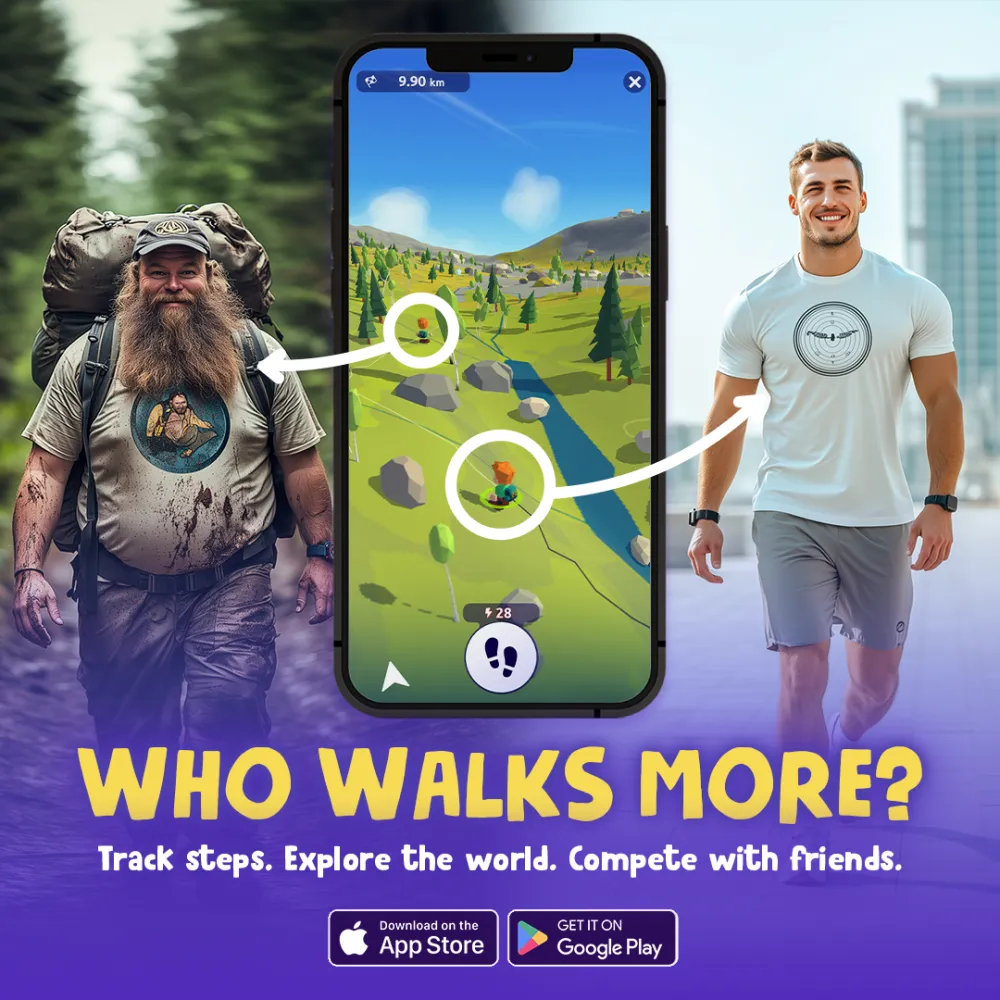
🎬 Use Case #5 – AI UGC
We did AI UGCs before they were cool! In all seriousness one could not help but giggle about the robotic “quality” we were limited to just a couple of months ago with Arcads and Creatify. It’s impossible to compare them to what’s now possible with tools like Veo 3.
It’s worth noting that, performance-wise, AI-generated UGCs did not move the needle much for us. Their performance was (as expected) dwarfed by hired actors, but we compared them against real-world benchmarks of UGC ads in mobile marketing to track impact. Still, it was a great first step into AI-generated UGC, and we’ve been following the rapid evolution in quality ever since.
For your comparison, here’s one of the better-looking AI-generated ads we produced, versus a great performance from our beloved bearded man in the top-performing ad called “Everest in Pajamas.”
🤪 Bloopers of Mobile Game Creatives
With AI, things often don’t go your way. Lots of dismembered AI-generated and 3D rendered “humans” were harmed in the making of these ads.
We’re embracing this period of non-perfection so we can sometimes enjoy the fun, goofy outputs. With the rate of advance, “happy accidents” like this will soon be a thing of the past.
If you liked this article, you can also see more case studies from AppAgent’s projects to explore how we approach creative strategy.
Hope you enjoyed this behind-the-scenes look at how we explored AI on Walking Planet. If you’ve tried similar tools, let us know which ones worked best for you. Things are evolving fast, and your proven tips would be super valuable.
🤔 Frequently Asked Questions
How does AI shape mobile game creative and strategy?
AI speeds up everything—from character design and animations to ads and UGC. Teams test more ideas, learn faster, and link creative output directly to player motivations, retention, and UA goals.
Which AI tools work best for mobile game creative?
We use Midjourney and Leonardo.ai for visuals, Kling.ai for character animations, RunwayML for motion, and Veo 3 for UGC. Each tool saves time on a different part of the workflow and frees us to focus on strategy.
Can AI lift retention in mobile games?
Yes. In Walking Planet, AI-powered onboarding animations made the first minutes more engaging and boosted Day-1 retention. Better production quality at the start translates into stronger player stickiness.
Does AI UGC really work for mobile games?
AI UGC comes fast and cheap, but human actors still beat it for authenticity and performance. We use AI UGC for quick testing and concept validation, and then scale the winners with live talent.
What do AI bloopers teach about strategy?
They remind us that speed isn’t everything. AI sometimes spits out weird characters or broken animations, so we keep human oversight in the loop. The lesson: move fast, but polish before scaling.
What’s the biggest edge AI gives in creative strategy?
Speed. AI turns a process that took days into minutes. That edge means more hypotheses tested, more data collected, and smarter strategy decisions based on what actually works.
